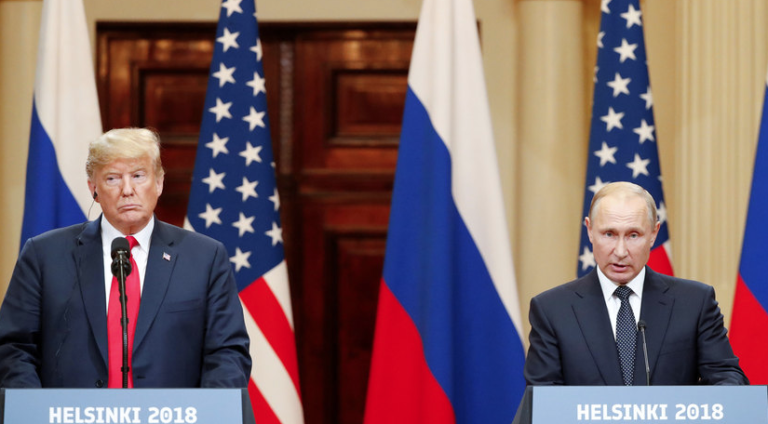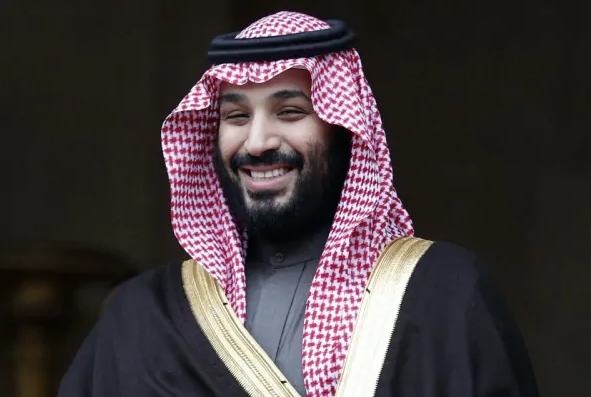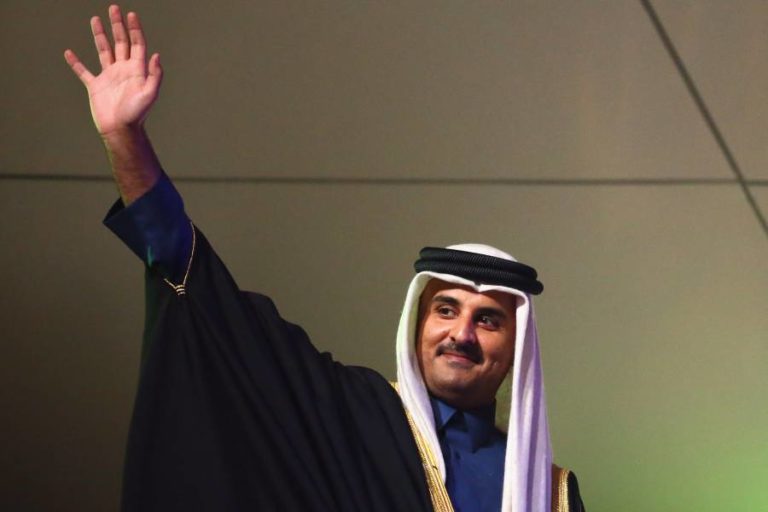Turkish finance minister says he won’t fight markets

Reuters/Ankara
Turkey will not fight with markets but instead pursue a win-win relationship with them while ensuring Turkey has an effective central bank, Finance Minister Berat Albayrak was quoted as saying yesterday.
Concerns about the central bank’s independence had intensified when President Tayyip Erdogan appointed son-in-law Albayrak as treasury and finance minister, boosting expectations that the president — a self-described “enemy of interest rates” — would look to exercise greater influence over monetary policy.
The Turkish lira has been hammered this year, losing a fifth of its value against the US dollar, on concerns about the central bank’s ability to rein in double-digit inflation, while Erdogan has repeatedly called for lower interest rates.
Albayrak, speaking to reporters on a flight to Argentina for a G20 summit, also said the government would not compromise budget discipline and that there would be a noticeable improvement in inflation, broadcaster NTV reported.
“We will not compromise budget discipline and a programme that is down to earth will be prepared,” Albayrak was quoted as saying.
“We aim for an effective central bank. The central bank sees and builds the fiscal life in a correct way. Turkey will never again be this attractive for foreign investors.”
The government’s medium-term programme (OVP) will also change into a “strong and solid” five-year strategy, Albayrak said.
With Erdogan having merged the Treasury and the Finance Ministry, Albayrak’s appointment effectively saw him replace both Mehmet Simsek and Naci Agbal in a cabinet that now has no obvious investor-friendly ministers.
Albayrak’s comments, therefore, are closely watched by investors for clues on whether he will seek to calm financial markets by adopting a more orthodox approach to monetary policy or reiterate Erdogan’s views that high interest rates stoke inflation.
Following his appointment, Albayrak had said the central bank is independent and will do whatever economic realities and market conditions necessitate.
Earlier yesterday, state media quoted Albayrak as saying that Turkey was continuing its strong economic growth trend and that the foundations of its economy were strong.
The state-run Anadolu news agency quoted Albayrak as saying that the government aimed to maintain prudent fiscal policies and healthy credit growth, carrying out structural reforms and strengthening Turkey’s monetary policy framework.
“Turkey’s economy continues its strong growth momentum.
Our economic foundations are going to be strong and our outlook is promising,” Albayrak said.
The central bank’s monetary policy committee, which has raised rates by 500 basis points since April in an effort to put a floor under the currency, will meet on July 24.
On the sidelines of the G20 summit in Buenos Aires, Albayrak said on Twitter that he had met with his US, Chinese, German, Brazilian, South Korean, French and Indonesian counterparts.







